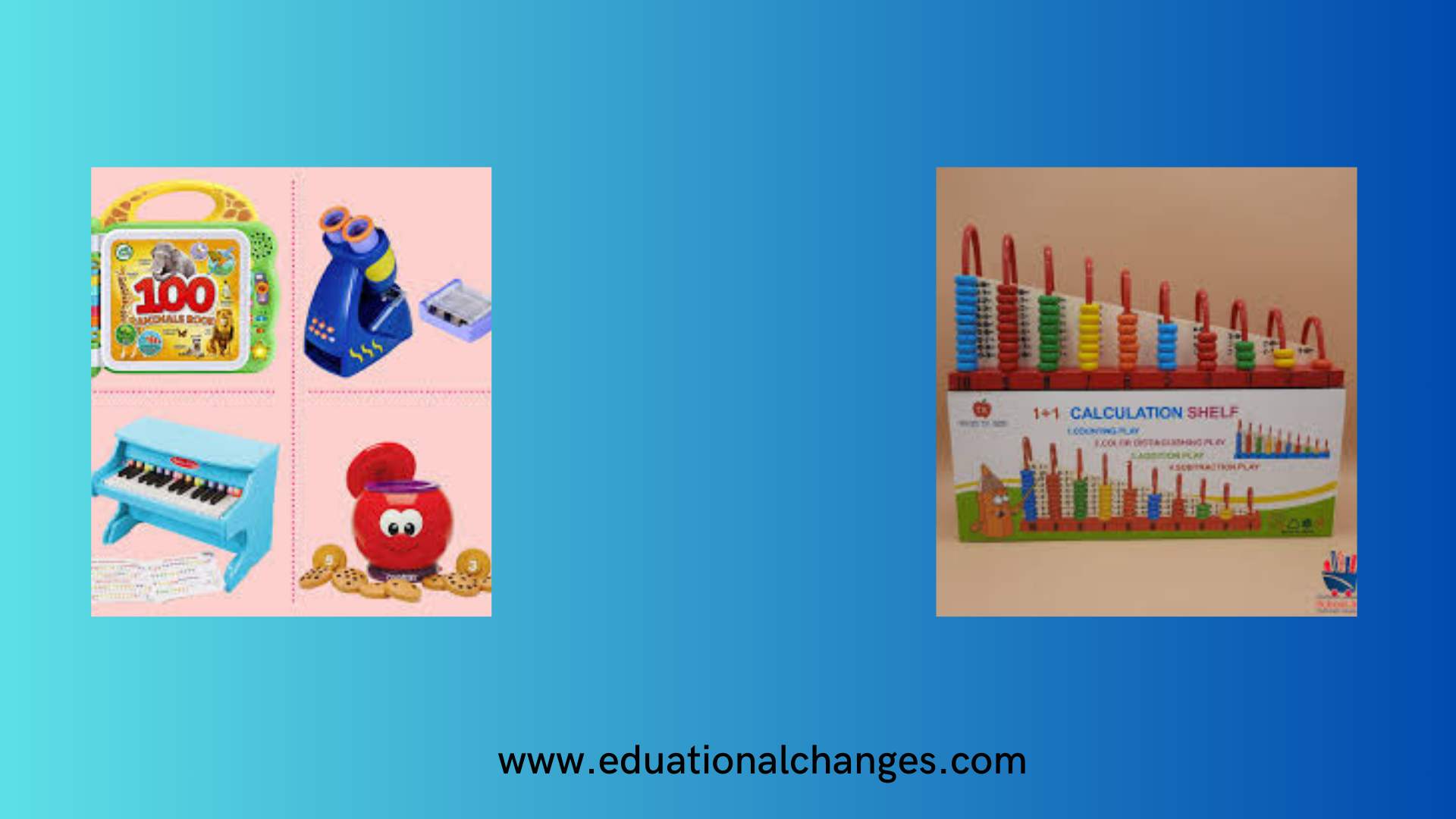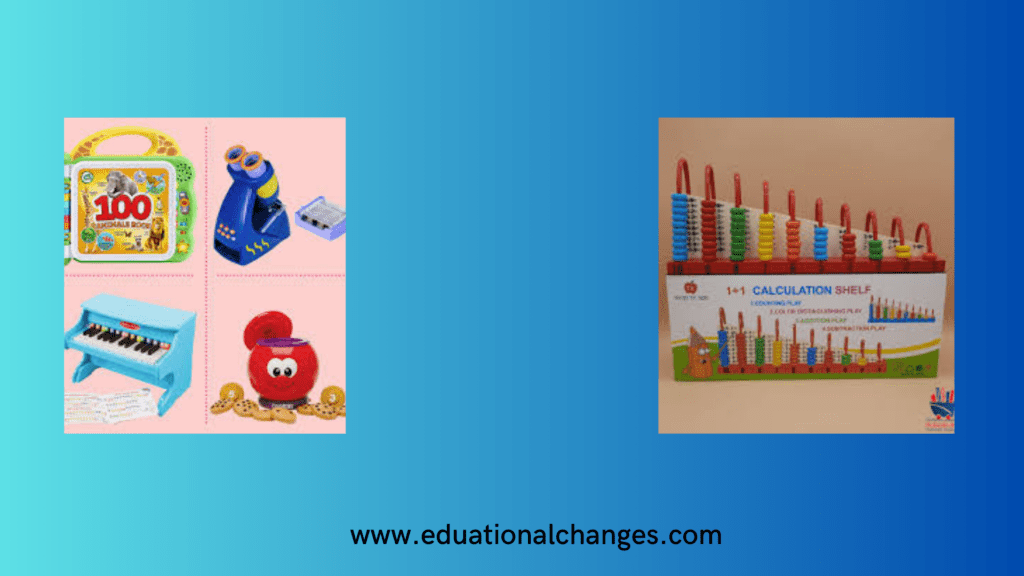
No one can deny the need of educational toys in education. In the ever-evolving landscape of childhood education, the role of educational toys has garnered increasing recognition for their profound impact on cognitive development, creativity, and problem-solving skills in young minds. These purposefully designed toys go beyond mere entertainment as powerful tools that foster learning through play. In this article, we will delve into the significance of educational toys, exploring their various types, benefits, and their pivotal role in shaping our children’s future. In this article we will discuss about Educational Toys and their use in Education.

The Evolution of Educational Toys
Educational toys have come a long way from simple building blocks and board games. With technological advancements, we now have diverse educational toys that leverage innovative concepts such as augmented reality, artificial intelligence, and interactive learning experiences. From robotic kits that teach coding to interactive storytelling devices that enhance language skills, these toys are designed to engage children in a holistic learning process.
Building and Construction Toys:
Classic building blocks, magnetic tiles, and construction sets promote spatial awareness, fine motor skills, and creativity. Advanced kits with gears, motors, and electronic components introduce children to basic engineering concepts.
STEM (Science et al.) Toys:
Robotics kits encourage children to explore programming and problem-solving in a hands-on manner. Science experiment kits provide a safe and interactive way for kids to explore scientific principles.
Language and Literacy Toys:
Interactive books, storytelling devices, and word games contribute to language development and literacy skills. Alphabet puzzles and phonics games help children grasp fundamental language concepts.
Mathematics and Logic Toys:
Math puzzles, number games, and mathematical manipulatives enhance numerical understanding and problem-solving abilities. Board games that involve strategy and logic stimulate critical thinking skills.
Art and Creativity Toys:
Drawing and coloring materials, craft kits, and sculpting tools foster artistic expression and creativity. Musical instruments and sound-based toys contribute to auditory development.

Benefits of Educational Toys
Cognitive Development:
Educational toys engage children in activities that stimulate cognitive functions, including memory, attention, and problem-solving. Exposure to diverse concepts, such as numbers, letters, and scientific principles, helps build a solid cognitive foundation.
Motor Skills Enhancement:
Activities like building, stacking, and manipulating toys enhance young children’s fine and gross motor skills. The coordination required in playing with certain toys contributes to the development of hand-eye coordination.
Social and Emotional Growth:
Interactive games and group activities promote social skills, teaching children to share, communicate, and work collaboratively. Role-playing with toys can help children understand and express their emotions, fostering emotional intelligence.
Preparation for School:
Educational toys often align with early learning concepts taught in schools, providing a head start for children entering formal education. Exposure to educational toys can make learning a familiar and enjoyable experience, reducing anxiety associated with the school environment.
Intrinsic Motivation and Curiosity:
Well-designed educational toys spark curiosity and a love for learning, encouraging children to explore and discover independently. The intrinsic motivation developed through play can have a lasting impact on a child’s attitude toward education.
The Role of Parents and Educators:
While educational toys play a crucial role in a child’s development, the guidance of parents and educators is equally essential. Here are some ways in which adults can maximize the benefits of educational toys:
Selection and Appropriateness:
Choose toys that align with the child’s age, interests, and developmental stage. Consider toys that balance challenge and achievability, promoting a sense of accomplishment.
Engagement and Interaction:
Play alongside the child, providing opportunities for conversation and shared experiences. Ask open-ended questions to stimulate critical thinking and encourage the child to express their thoughts.
Balanced Playtime:
While educational toys are valuable, balancing playtime with other activities like outdoor play, reading, and social interactions is essential. Avoid overstimulation and allow for downtime to process and assimilate new information.
Adaptability and Creativity:
Encourage children to explore different ways of using the same toy, fostering creativity and imaginative play. Adapt activities based on the child’s interests, creating a personalized and engaging learning experience.
Closing Statement:
Educational toys represent a dynamic and evolving early childhood education approach, bridging play and learning. As we navigate the complexities of the modern world, these toys serve as invaluable tools in preparing our children for the challenges and opportunities ahead. By embracing the transformative power of educational toys, we empower the next generation with the skills, curiosity, and resilience needed to thrive in an ever-changing educational landscape.










Can you be more specific about the content of your article? After reading it, I still have some doubts. Hope you can help me. https://accounts.binance.com/en/register-person?ref=JHQQKNKN